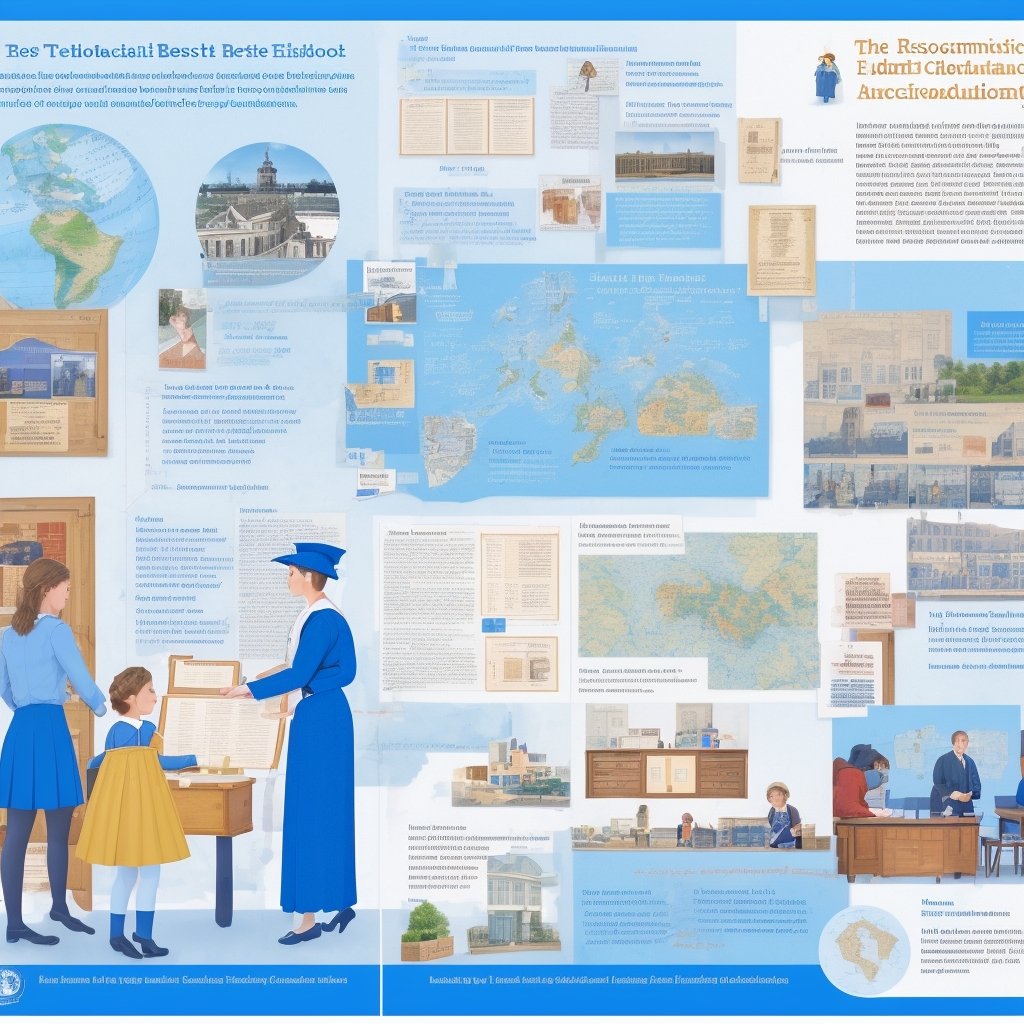Transcription Audio

Top 2025 Resources for Teaching Local History
15 juillet 2025
Listen to audio:
Transcript Text
Hello and welcome to today's episode where we're diving into the wonderful world of teaching local history. If you're an educator or just someone fascinated by the stories that shaped your community, this is definitely the place for you. I vividly remember back when I first started teaching local history, it felt a bit like being a detective. It was about uncovering hidden treasures that were right in my backyard. And today, I want to inspire that same sense of wonder in you and your students. So consider this your guide to sparking curiosity and making each lesson a discovery that sticks with your students long after they leave the classroom. Let's start with the big question: Why focus on local history? It's not just about dates and names. It's about creating a connection between students and their community, showing them how history weaves into their daily lives. Often, educators tend to lean towards broader, more glamorous narratives, but there's something magical about helping students realize that their own town has its remarkable stories. Imagine learning about the Civil War by understanding how your town played a role or discovering the impact of the Great Depression on local businesses that still stand today. This is what we call place-based learning, and it allows students to appreciate historical processes through familiar and personal lenses. Ultimately, it helps them understand how global events ripple through their communities, creating unique narratives. Now, where do we start on this journey? Primary sources are your best friends when it comes to teaching local history. Think old newspapers, diaries, personal letters, or vintage photographs. I had a student once who found her great-grandfather's journal from the 1920s, and it completely transformed her view of history. So, my advice is to head over to your local archives or the town's historical society. They're absolute treasure troves. And don't stop at the expected documents. Consider old building permits, vintage restaurant menus, or cemetery records. They can reveal fascinating insights into urban development, changing food cultures, and social hierarchies. Even things like old telephone directories or high school yearbooks can provide a window into how communities evolved over time. Your local library is another foundational tool. Most libraries have sections dedicated to local history and often host events that can offer invaluable insights. But libraries aren't just about dusty books anymore. Many offer audio-visual materials and access to digital archives. Some have even digitized their collections, creating searchable databases that can save you hours of research. And never underestimate the power of the librarians, especially those who specialize in local history. They have an encyclopedic knowledge of community resources and often know about personal collections that haven't been widely publicized. Once you've gathered primary sources, it's time to add some complexity. Field trips can be incredibly effective, but let's go beyond the simple sightseeing tour. How about walking tours of historic neighborhoods, visits to local museums, or even a scavenger hunt in the old part of town? I organized one once, and it was a massive hit. Students loved piecing together clues about their surroundings. It didn't feel like learning; it felt like an adventure. To really maximize these trips, prepare your students with specific tasks and questions beforehand. For instance, before visiting a historic district, have them research architectural styles and create sheets to identify them during the trip. This transforms a casual walk into a focused investigation. And let's not forget technology. Apps like Historypin and Google Earth can overlay historical images onto current maps, giving students a stunning visual of how their locale has changed. It's captivating, though it can get tricky to manage in a bustling classroom. The advent of augmented reality has opened new doors in education as well. Apps like TimeLooper allow students to point their devices at historical locations and see reconstructions of those places in different eras. Imagine the engagement you could achieve when students can literally see the past overlaid in their present environment. Geographic Information Systems, or GIS, are also becoming more user-friendly. Students can create layered maps showing how their community has evolved, which helps them understand history as something spatial and not just temporal. As you gain confidence, consider bringing in guest speakers who can offer perspectives textbooks can't. Local historians, elderly community members, or former students who have gone on to study history provide invaluable insights. Hearing history directly from someone with firsthand experience can be incredibly impactful. When selecting speakers, look for those who can speak to specific themes or time periods. A local business owner might share about economic changes, while a veteran could offer personal insights on how conflicts affected the community. Retired teachers or civic leaders could discuss changes in education or governance. Another approach that's powerful is encouraging students to conduct oral history projects. Have them interview family members or community elders and present their findings. It's an approach that teaches history and hones skills like communication, empathy, and critical thinking. So, as you set out to teach local history, remember it's about making connections. It's about bringing the past to life in ways that resonate personally with your students. With the right resources, a bit of creativity, and a pinch of enthusiasm, you can transform your classroom into a place of discovery and adventure. I hope you found these insights helpful and that they ignite a spark in your teaching journey. Thank you for joining me today, and until next time, keep exploring the stories that make your community unique.